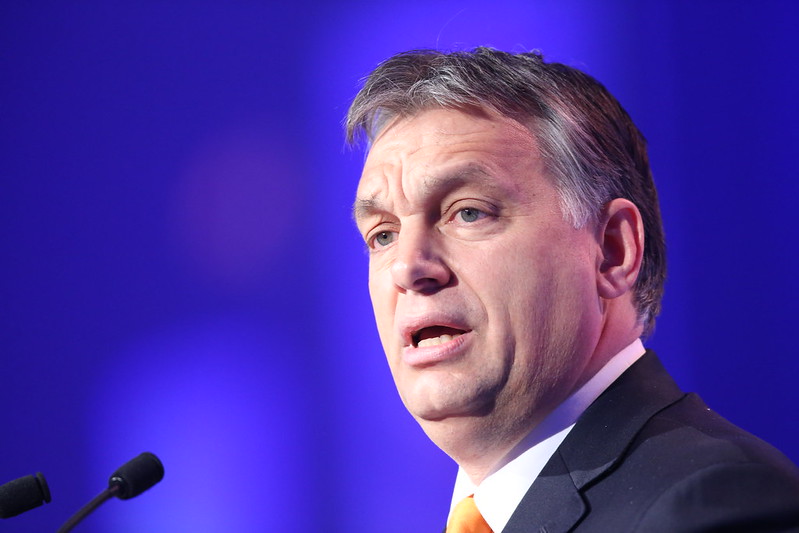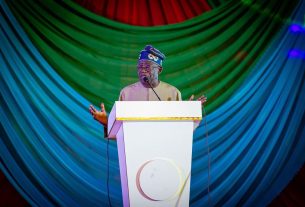The ongoing war in Ukraine, which began in February 2022 with Russia’s invasion, has led to immense human suffering, widespread displacement, and significant geopolitical instability. As of 2024, the conflict shows no immediate signs of de-escalating, and the situation remains dire for both Ukraine and Russia, as well as for global security. In this context, the calls for an immediate ceasefire from figures like Hungarian Prime Minister Viktor Orbán, who maintains a close relationship with former U.S. President Donald Trump, highlight the growing urgency to end the war with minimal further loss of life and resources.
However, achieving a ceasefire and eventually a lasting peace is far from simple, given the complex and multi-layered nature of the conflict. The key to resolving the war without further devastating consequences involves addressing military, diplomatic, political, and humanitarian challenges. Let’s explore the potential paths forward, examining how a ceasefire could be negotiated, the factors that need to be considered, and the steps that can help minimize losses on both sides.
1. The Case for an Immediate Ceasefire: Pros and Cons
A ceasefire is a temporary stoppage of fighting, and while it does not end the war, it can offer a critical reprieve to allow for negotiations, humanitarian aid, and the prevention of further military escalation. The prospects of an immediate ceasefire are shaped by several key factors:
Potential Benefits of a Ceasefire:
- Humanitarian Relief: A ceasefire would provide an immediate break in hostilities, allowing humanitarian organizations to deliver food, medicine, and essential services to war-torn areas. Ukrainian civilians, who have borne the brunt of the violence, could see some relief from the daily horrors of war.
- Military Stalemate: Both sides have suffered heavy losses, and while Ukraine has made significant territorial gains, Russia still controls a significant portion of eastern Ukraine and Crimea. A ceasefire could provide time for both sides to assess their positions, replenish forces, and possibly reduce the intensity of fighting.
- Diplomatic Space: With the fighting paused, there would be an opportunity for diplomatic talks. An immediate ceasefire could create an opening for international mediators, such as the United Nations (UN), European Union (EU), or even neutral countries like Turkey, to facilitate a dialogue between the two sides.
Challenges to an Immediate Ceasefire:
- Trust Deficit: Both Russia and Ukraine have little trust in each other’s intentions. Russia’s previous engagements in various ceasefire talks, such as in the Minsk Agreements (2014-2015), have faltered, with each side blaming the other for violations. A similar breakdown could occur, leaving both sides in a state of distrust.
- Military Objectives: Russia has stated that its military objectives, which include the demilitarization and de-Nazification of Ukraine, remain unmet. Ukraine, on the other hand, is determined to reclaim all its territories, including Crimea and Donbas, which Russia has annexed. A ceasefire could be seen as a temporary measure to “freeze” the conflict, leaving major political and territorial issues unresolved.
- Political Dynamics: On both sides, leaders face strong nationalist pressure to either continue the war until all objectives are achieved or, in the case of Ukraine, to resist any concessions to Russia that might undermine their sovereignty. For example, Ukrainian President Volodymyr Zelensky has consistently maintained that negotiations with Russia can only begin after Russian forces withdraw fully from Ukrainian territory.
2. Pathways to a Sustainable Peace Agreement
Achieving a sustainable peace will require more than just a ceasefire—it will require a political settlement that addresses the underlying issues of the conflict. Several key elements need to be considered to reach a long-term resolution with minimal further loss of life.
a. International Mediation and Diplomacy
Mediation by neutral third parties is crucial. Hungary, under Viktor Orbán, has been a vocal proponent of ending the war through diplomacy, and the European Union as a whole could play a more significant role in facilitating talks. The United States and European powers (such as Germany and France) have been heavily involved in supporting Ukraine militarily and economically, but a more neutral party could be necessary to break the deadlock. Turkey’s role, for example, as a NATO member with good relations with both Ukraine and Russia, could be pivotal in negotiating terms.
Furthermore, the United Nations and other global organizations could push for a peace process through formal mechanisms. Security guarantees could be given to Ukraine, ensuring that Russia would not pose a future threat.
b. Territorial Concessions and Security Guarantees
Any peace agreement will likely require territorial compromises. While Ukraine is adamant about reclaiming all of its occupied territories, including Crimea, Russia has consistently declared that Crimea, which it annexed in 2014, is non-negotiable. A mutual freeze on territorial changes could be a part of the ceasefire agreement, allowing for further negotiations.
Security guarantees for Ukraine, such as those provided by NATO or a coalition of countries, could be part of a settlement that assures the Ukrainian government that Russia will not attempt to overthrow it or occupy its territories again. On the other hand, Russia might seek demilitarization agreements in the region, including limits on NATO expansion or arms placement in Ukraine.
c. Post-War Reconstruction and Humanitarian Aid
The aftermath of the war will require massive reconstruction efforts. As part of any peace settlement, significant international aid should be pledged for the rebuilding of Ukraine’s infrastructure, including its energy, transportation, and healthcare systems, which have been severely damaged. This would also involve dealing with the millions of refugees created by the war, ensuring that they are resettled and supported in the long-term.
On the Russian side, international sanctions—imposed in response to Russia’s invasion—will likely remain unless there are clear signs of compliance with the terms of a ceasefire and eventual peace deal. Over time, these sanctions could be lifted as part of a larger diplomatic rapprochement, depending on how well Russia honors the terms of the agreement.
3. Key Obstacles to Peace
Several obstacles continue to hinder the possibility of a quick ceasefire and lasting peace:
- Ukrainian Nationalism: Ukrainian public sentiment strongly favors continued resistance against Russian aggression, particularly in areas where Russia has been accused of war crimes and atrocities. A peace deal that demands concessions on sovereignty or territorial integrity could face significant domestic opposition in Ukraine.
- Russian Internal Politics: The internal political situation in Russia is another complicating factor. President Vladimir Putin has faced domestic challenges, particularly in the wake of military failures and growing economic pressures from sanctions. Any concession to Ukraine could be seen as a political weakness at home, undermining Putin’s control over the country.
- Geopolitical Pressures: Major powers like the U.S. and China have an indirect stake in the conflict. The West, led by the U.S., has committed substantial military and financial support to Ukraine, and China has supported Russia diplomatically, creating a complex global dynamic that influences any potential peace talks.
4. The Role of Viktor Orbán and Other World Leaders
Viktor Orbán’s advocacy for peace stems from his long-standing opposition to NATO’s role in Eastern Europe and his close relationship with Russia. While his push for a ceasefire may reflect the interests of Hungary, it also underscores a broader frustration within certain European factions who are eager for the conflict to end before it causes further instability in the region.
Orbán’s position could serve as a bridge for European leaders who want to pressure both sides into negotiations. However, the influence of NATO, the EU, and especially the U.S. will be key in any peace process, as these powers have significant leverage over Ukraine and Russia.
Conclusion: A Long and Challenging Road Ahead
While an immediate ceasefire may offer a brief respite from the conflict, the path to a sustainable peace agreement remains fraught with challenges. A long-term resolution will require significant international mediation, territorial concessions, and security guarantees. The key to ending the war lies in diplomatic efforts that prioritize humanitarian relief and the preservation of Ukrainian sovereignty while addressing Russian security concerns.
Achieving peace with minimal further loss will require political will from both sides, as well as a robust international effort to ensure that a ceasefire doesn’t just freeze the conflict but sets the stage for a lasting and just peace.
References:
- Associated Press: “Viktor Orbán urges immediate ceasefire in Ukraine war.” AP News
- Council on Foreign Relations: “Ending the Ukraine-Russia War: Options for Diplomacy.” CFR
- The Guardian: “Prospects for Peace: Can Ukraine and Russia Reach a Ceasefire?” The Guardian



